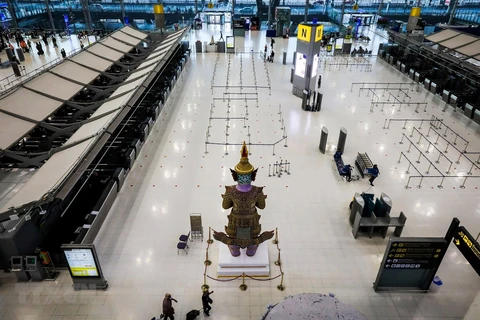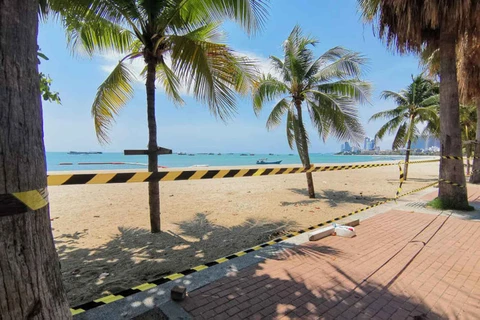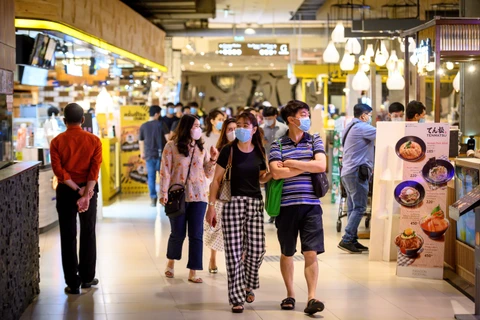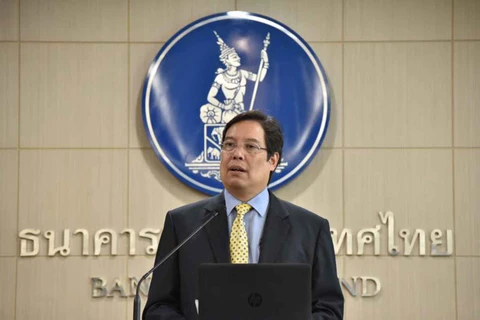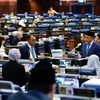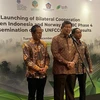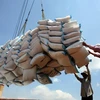 Somkiat Tangkitvanich, TDRI's president, says the economic crisis triggered by the coronavirus outbreak is expected to be bigger than the 2008 global financial crisis. (Source: bangkokpost.com )
Somkiat Tangkitvanich, TDRI's president, says the economic crisis triggered by the coronavirus outbreak is expected to be bigger than the 2008 global financial crisis. (Source: bangkokpost.com ) Bangkok (VNA) - The Thailand Development Research Institute (TDRI) has forecast that Thailand is likely to take up to three years to return to normal economic conditions similar to 2019.
Speaking at a seminar titled "New Normal for Business Sector" held by the Thai Chamber of Commerce (TCC), Somkiat Tangkitvanich, TDRI's president, said this economic crisis triggered by the coronavirus outbreak is expected to be bigger than the 2008 global financial crisis.
He said TDRI expects it will take a year to 18 months to make and distribute a vaccine, and up to three years for the Thai economy to return to 2019 levels.
According to Somkiat, Thailand is in a transitional period, with lockdown measures starting to ease and many businesses allowed to reopen. However, he insisted tight control measures are still needed to curb a second wave of the outbreak. The business sector needs to come up with new business practices to adapt to a changing business environment.
Despite massive fiscal stimulus packages and monetary easing, CIMB Thai Bank (CIMBT) predicted the Thai economy could continue falling sharply this quarter, with GDP contraction possibly below the 12.5 percent seen in the second quarter of 1998.
Thailand’s full-year GDP growth contracted by 7.6 percent 22 years ago when the economy reeled from the Asian financial crisis in 1997.
"We project a sharp fall of GDP in the second quarter by 14 percent from the previous year," said Amonthep Chawla, head of research at CIMBT.
Amonthep said exports could continue to plunge from weak global demand and continual lockdowns in major economies. The number of tourist arrivals in the second quarter should drop sharply from travel restrictions.
The private sector will likely remain weak for both consumption and investment, following a decline in both farm and non-farm income and a lack confidence among consumers and investors, he said.
Thailand's economy contracted by 1.8 percent year-on-year and 2.2 percent quarter-on-quarter on a seasonally adjusted basis for the first quarter, mainly attributed to the COVID-19 outbreak affecting the lucrative tourism industry, external demand and domestic private consumption.
The economy could shrink by about 10 percent year-on-year in the second half, but quarterly growth could recover, he said./.
VNA
